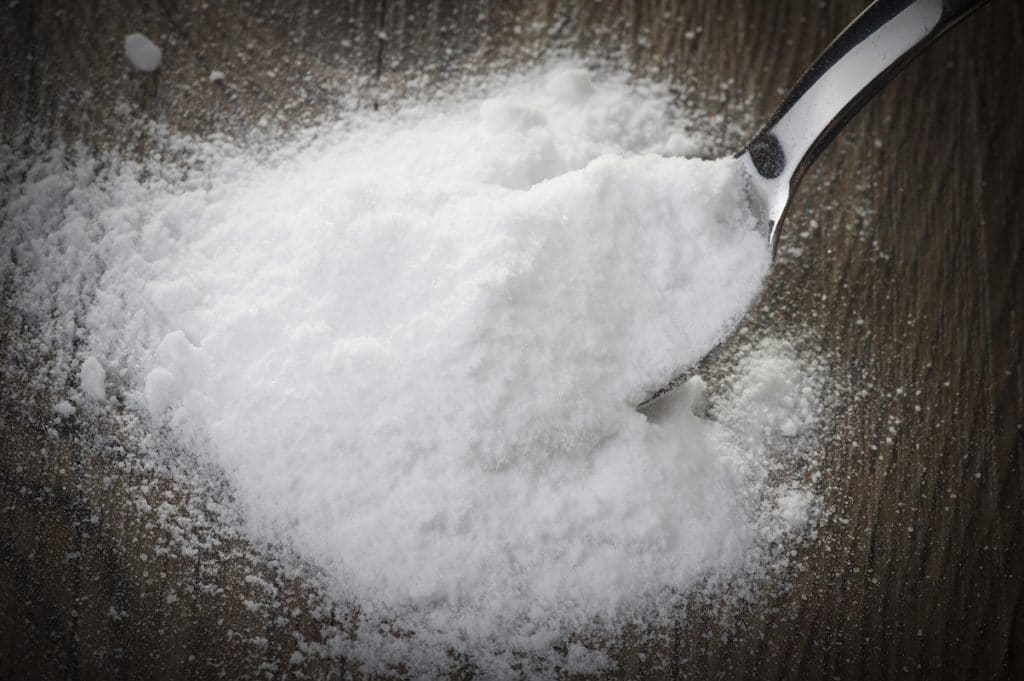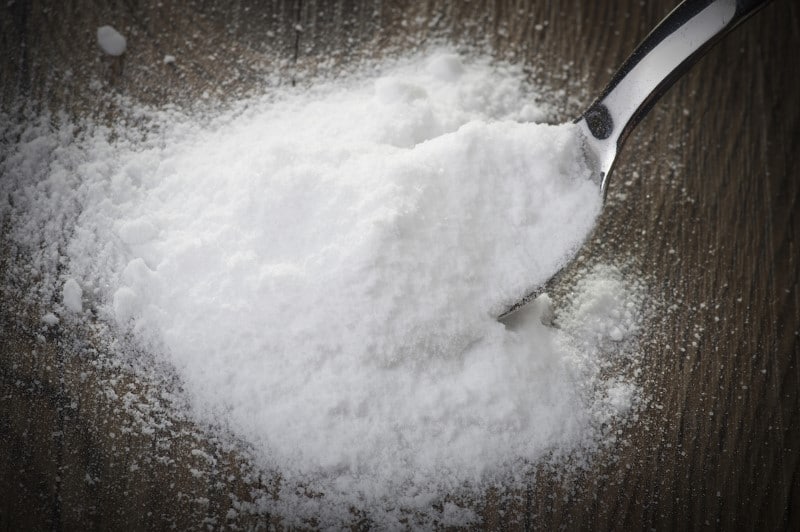
Additives are seen as helpful substances in enhancing and maintaining septic systems. One of the septic system designs that is supposed to benefit from these chemicals is the raised mound system. There are myriads of additives to choose from and one of them is baking soda. Baking soda is a strong base. It is commonly used in the household as a cleaning material for tough stains on your pots, pans, kitchen sink, and even clothes. Some people use it to even clean their raised mounds without even knowing what this will result to.
A raised mound system is a septic system that is very costly to build. It can amount to 5,000 to 20,000 USD and it should be built according to the standards of the government. It is a challenge for any septic contractor to build. Everything should be assessed first and only then would construction begin. You should consider all of these if you still want to continue using baking soda in cleaning it.
Bacteria in the raised mound or in any septic system, loves a non-acidic environment to live in. This would automatically rule out an acidic biofilm environment in the raised mound. If you do add baking soda into this system, it will definitely prevent the pH (partial hydrogen) from going down. When you use baking soda in the right amounts, you will be able to provide that healthy habitat for the biofilm. But when you talk about cleaning, you tend to use a lot of baking soda. If you do this, the pH of the biofilm environment will elevate to a level that is extremely basic.
Excessive baking soda will retard the efficiency of the bacterial population that digests the solid waste before it reaches the water table. If the wastewater is not rid of the solid particles by the time it gets to the water table, then the surrounding soil will be clogged with the sludge and there will be pooling and backing up of wastewater.
Anything that is excessive is bad, evident in the use of baking soda when you clean raised mounds. The biofilm relies on you to take care of it. It is advisable for you to not use any chemical compound in cleaning your raised mound system. It is better to just either clean it with water or just let the septic professionals deal with it. You could also consult your environmental health department for the proper cleaning materials that you could use for your raised mound system. They could even send a specialist to guide you through the steps and the principles behind the cleaning and the products that they use. The septic experts have access to bacteria-friendly cleaning materials that sometimes consumers don’t have ready access to. Some usually have exclusive distributors that formulate their very own cleaning products that are ideal for the bacteria. It is best to have them on your side when you want to set things right in maintaining the cleanliness of your raised mounds.
